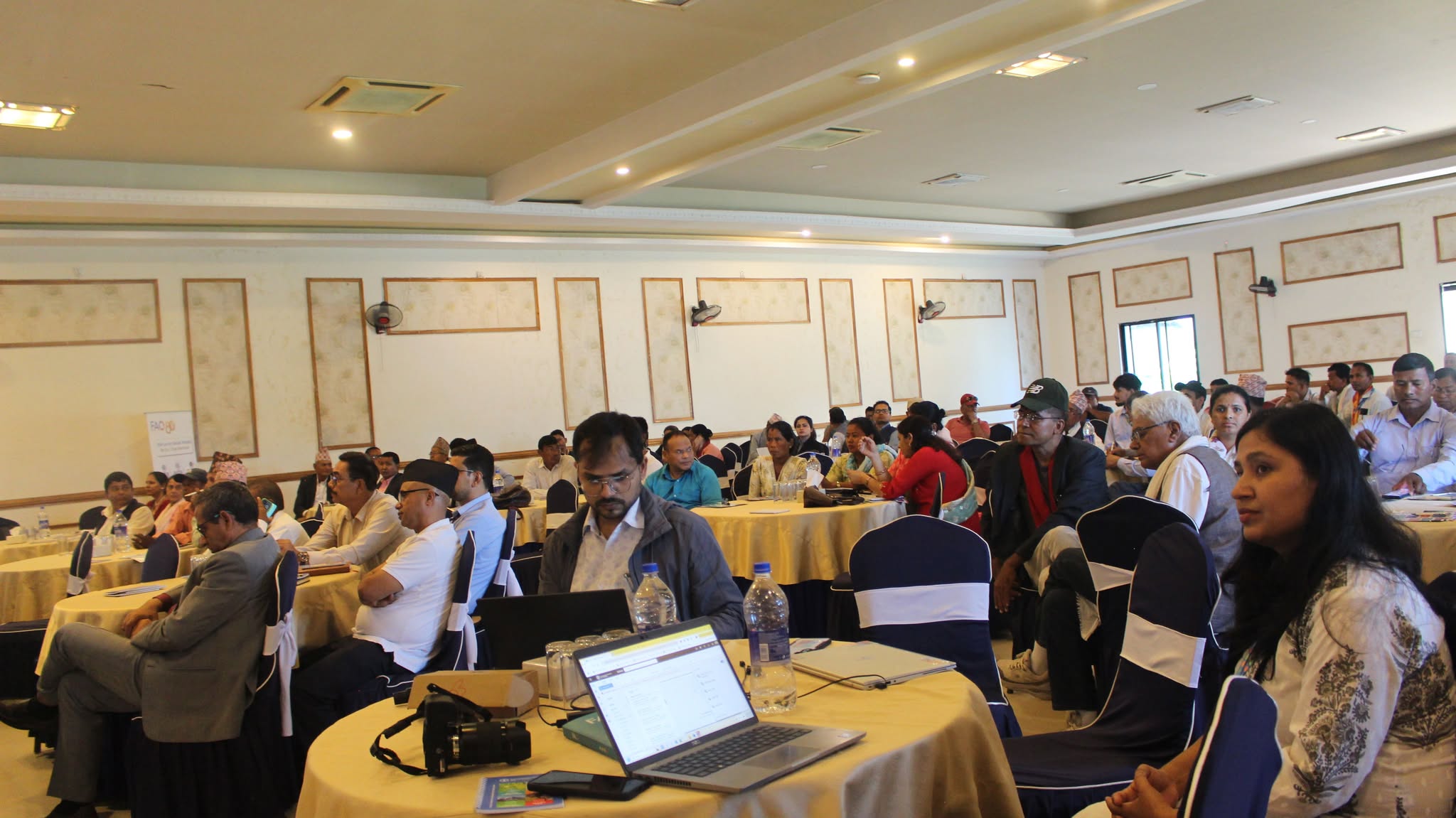
Climate change is no longer a distant threat—Nepali farmers are already facing unpredictable rainfall, drought, and rising temperatures. But there’s good news: climate-smart agriculture (CSA) can help smallholder farmers increase productivity while building resilience.
As Nepal’s leading cooperative federation supporting thousands of agricultural cooperatives, NACCFL is committed to promoting sustainable, cooperative-based farming models that are practical, affordable, and proven to work.
Here are 7 climate-smart agriculture practices every small farmers in Nepal should know and adopt:
Crop Diversification
Don't depend on just one crop. Instead of planting only rice or maize, farmers are now mixing short-duration vegetables, legumes (like rahar dal), and high-value crops (like turmeric or ginger). This reduces risk and improves food security.
Benefits: Resilient income, improved soil fertility
Example: Intercropping maize with beans in Chitwan cooperatives
Use of Organic Compost & Green Manure
Healthy soil = healthy crops. Instead of relying on expensive chemical fertilizers, use compost from livestock waste or grow green manure crops (like sun hemp). These methods improve soil structure and moisture retention.
Benefits: Reduces input costs, builds long-term soil health
Tip: Many cooperatives offer composting training and pit compost kits.
Drip Irrigation & Water Harvesting Systems
Every drop counts. Install simple drip irrigation systems to deliver water directly to roots. Combine this with rooftop or plastic pond water harvesting to store rainwater during monsoons.
Benefits: Saves water, increases yields in dry months
Agroforestry (Mixing Trees with Crops)
Trees protect your farm—and your future. Plant trees like fodder trees (ipil-ipil, fodder mulberry) alongside crops. They provide shade, prevent erosion, and serve as feed for livestock.
Benefits: Carbon capture, soil stabilization, fodder supply
Bonus: Agroforestry is eligible for some government subsidies.
Improved, Climate-Resilient Seed Varieties
Start with strong seeds. Use drought-tolerant rice, short-duration millet, or flood-resistant paddy varieties available through local seed cooperatives.
Benefits: Better germination, lower crop failure risk
Tip: Check with your cooperative about subsidized improved seeds from NARC.
Livestock Integration (Goat + Crop Farming)
Double your income from the same land. Raise small ruminants like goats alongside your farming operation. Their manure enriches fields, and sales provide year-round income.
Benefits: Diversified income, natural fertilizer source
Real story: Farmers in Gulmi doubled income with goat + maize systems.
Accessing Weather Forecasts & Early Warning Systems
Be informed. Be prepared. Stay updated using mobile alerts, radio programs, or cooperative WhatsApp groups for local weather forecasts and disease outbreak warnings.
Benefits: Reduces crop losses, better decision-making
How Can Cooperatives Help?
NACCFL and its member cooperatives across Nepal offer:
- Technical training on CSA methods
- Access to climate-resilient seeds and organic inputs
- Group loans for drip irrigation kits and solar pumps
- Farmer field schools to promote peer learning
“Together, we can farm smarter—not harder.”
Conclusion :
Climate-smart agriculture is not about big machines or foreign solutions—it's about local knowledge, smart techniques, and cooperative support. Whether you farm in Terai, Hills, or Mountains, there's a CSA solution for you.




